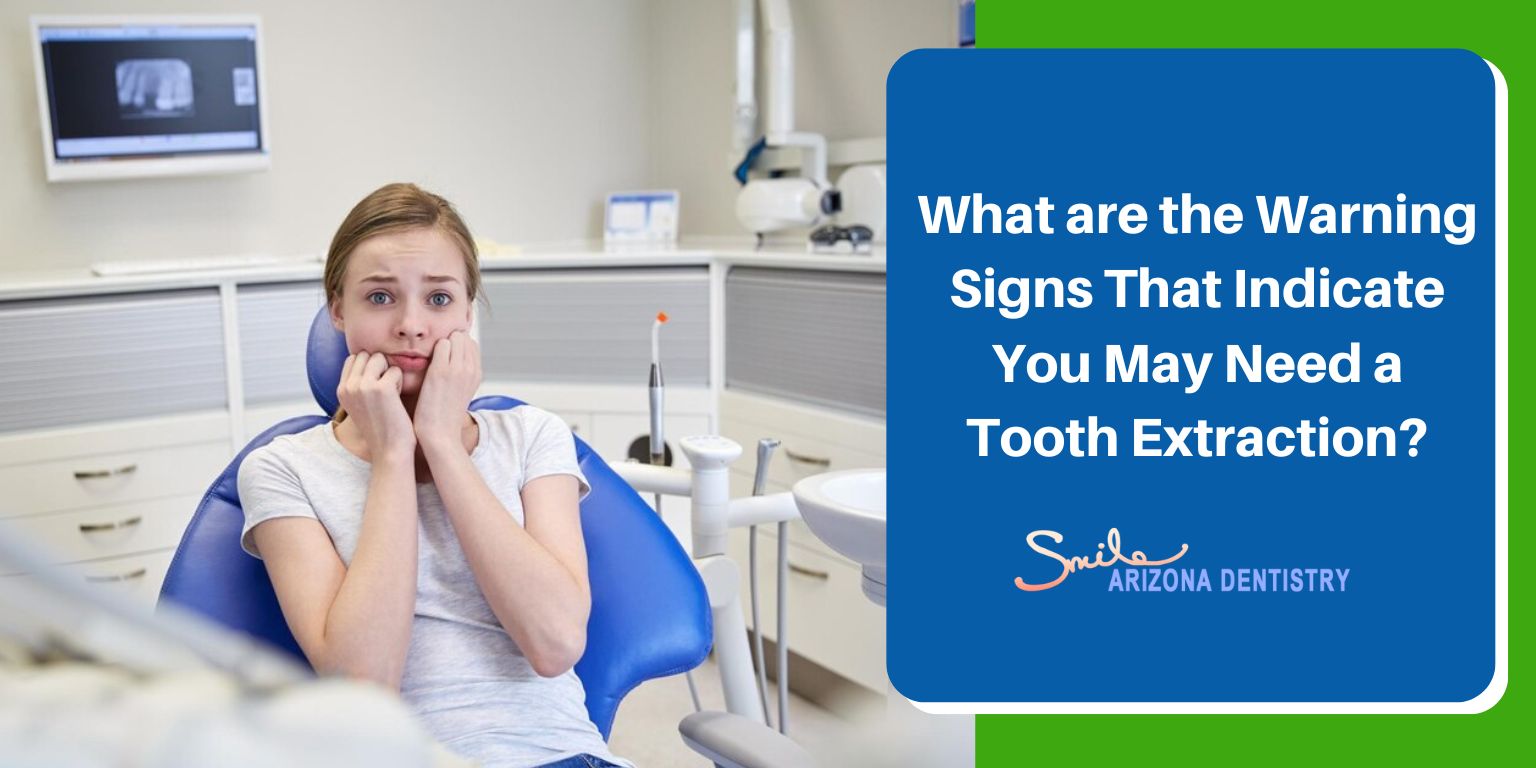


Taking care of your teeth is essential not only for a beautiful smile but also for your overall health. Healthy teeth allow you to eat properly, speak clearly, and maintain reasonable confidence. Most dentists work hard to save natural teeth using treatments such as fillings, root canals, or crowns. However, sometimes, a tooth becomes so damaged or problematic that removing it is the best solution to avoid further pain and complications. Tooth extraction is not usually the first choice, but recognizing the signs that a tooth needs to be extracted can help you act quickly and protect your oral health.
Let’s examine the common warning signs that suggest a dental removal might be necessary. Knowing these signs can help you seek dental care promptly, prevent your condition from worsening, and ensure you receive appropriate treatment, including options for replacing the extracted tooth.
One of the main reasons for tooth extraction is severe decay. Cavities form when bacteria produce acids that erode the tooth’s enamel. If left untreated, decay can progress deep into the tooth, affecting the pulp and roots. This can cause intense pain, swelling, and infection.
At this stage, treatments like fillings or root canal therapy may no longer be effective. The damage may be so extensive that the tooth cannot be saved. Extraction becomes necessary to remove the source of infection and prevent it from spreading to other teeth or the jawbone.
Gum disease, especially in its advanced form called periodontitis, affects the tissues and bones supporting your teeth. This leads to gums pulling away from teeth and losing the bone structure that holds teeth firmly in place.
If the condition worsens, teeth may become loose and painful. Infections in the gums or around a tooth can sometimes resist antibiotics and other treatments. When this happens, extracting the affected tooth may be the safest option to control the infection and protect your oral health.
Impacted teeth are those that fail to erupt through the gums fully. This problem is common with wisdom teeth. Impacted teeth can cause pain, swelling, infection, and damage to neighboring teeth. Often, impacted teeth cannot be removed by simple extraction and require a minor surgical procedure known as surgical extraction.
Removing impacted teeth helps prevent further oral health problems, such as crowding, cyst formation, or repeated infections. After extraction, your dentist will discuss options for a replacement tooth to restore function and appearance.
Overcrowding occurs when there is insufficient space in the jaw for all teeth to fit correctly. This causes teeth to overlap, twist, or push against each other, making it difficult to clean and maintain good oral hygiene.
Your dentist or orthodontist may recommend extracting one or more teeth as part of orthodontic treatment to straighten your teeth. Removing these teeth creates the necessary space for proper alignment, improving your bite and making it easier to keep your teeth healthy.
A tooth that moves or feels loose may be a sign of trauma, injury, or advanced gum disease. Loose teeth can cause discomfort and increase the risk of infection. Holding a loose tooth can also damage the surrounding teeth and tissues.
Extraction of a loose tooth can prevent further damage and infection. After removing the tooth, your dentist can discuss replacement options to restore your smile and chewing ability.
If you experience ongoing tooth pain or sensitivity to hot and cold that does not improve, it may indicate that the tooth is beyond repair. Dental abscesses or infections can cause continuous discomfort, swelling, and sometimes fever.
Extraction becomes the most effective solution when other treatments fail to relieve the pain or clear the infection. Removing the problematic tooth ends the pain and stops the infection from spreading.
Understanding the signs a tooth needs to be extracted is crucial for maintaining oral health. Warning signs such as severe decay, gum disease, impacted teeth, overcrowding, tooth mobility, and persistent pain should prompt you to visit a dentist as soon as possible.
At Smile Arizona Dentistry, our team provides professional dental evaluations to determine if extraction is necessary and explain the available replacement options. Whether you choose dental implants, bridges, or dentures, restoring your smile and oral function is always possible with our expert care.
If you find yourself searching for a dentist extraction near me, do not delay. Contact us or schedule a consultation with our experienced dental team today for a thorough check-up and personalized advice. Take the first step towards a healthier smile!
Missing teeth can affect speech clarity and chewing function, especially if not replaced timely. Restorative options like implants or dentures help maintain normal oral function and aesthetics.
Many cracked teeth can be saved with crowns or root canal therapy, but extraction may be necessary if the fracture extends below the gum line or damages the root severely.
Removing a tooth can cause neighboring teeth to shift or tilt over time. Replacing the missing tooth promptly helps maintain proper alignment and bite function.
Delaying extraction can worsen infections, increase pain, and potentially cause damage to surrounding teeth and bone, leading to more complex treatments later.
Generally, yes, but your dentist will evaluate your medical history and may consult your physician to ensure extraction is safe and plan any necessary precautions.